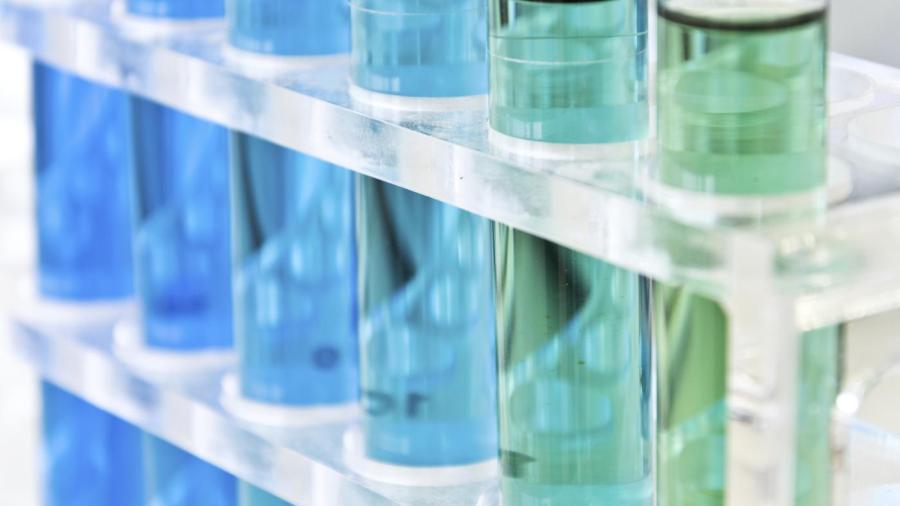Who Invented the PH Scale?
Follow Us:
Twitter

The potential of Hydrogen, or pH, scale was invented by the Danish biochemist Soren Peter Lauritz Sorensen. He introduced this scale in 1909 to measure the acidity and basicity of substances.
The pH scale ranges from 0 to 14. A neutral solution has a pH of 7. It is neither an acid or a base. An acidic solution is indicated by a pH below 7, while a basic solution is indicated by a pH above 7. Acids and bases are classified into a strong acid or base and a weak acid or base. Strong acids and strong bases are chemicals that are very reactive. The automobile battery is an example of a strong acid, and lye is an example of a strong base.





